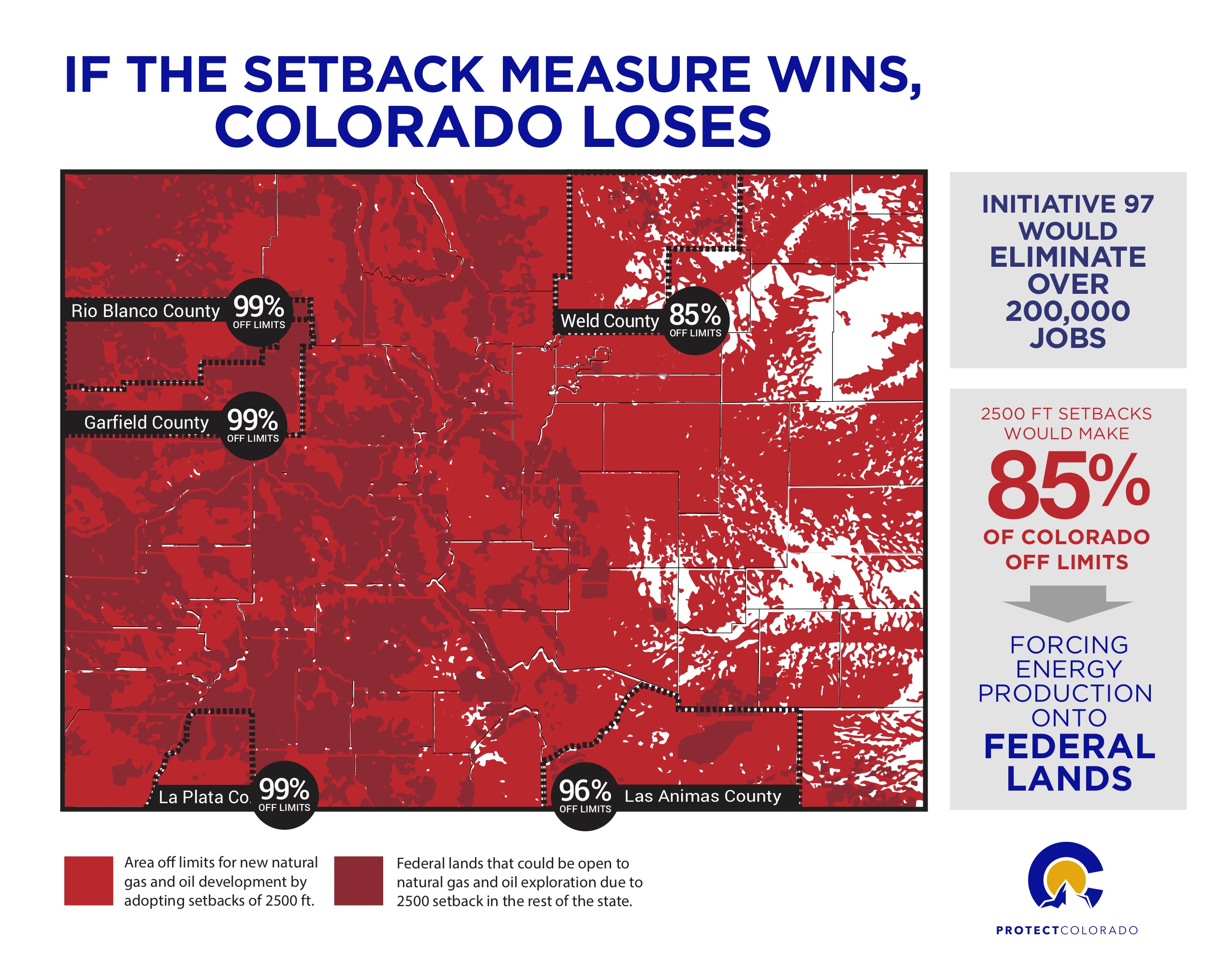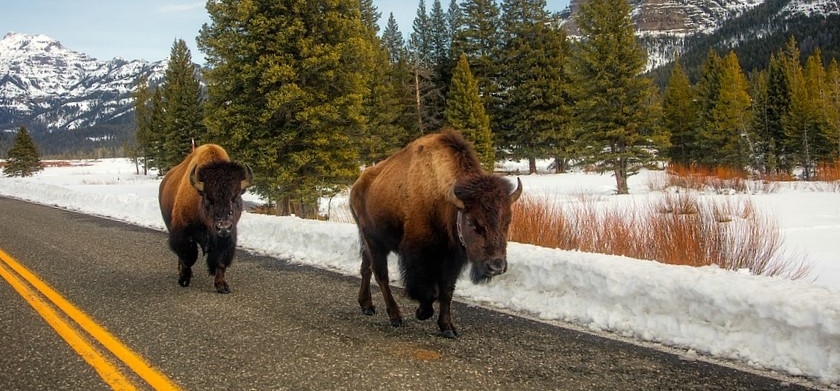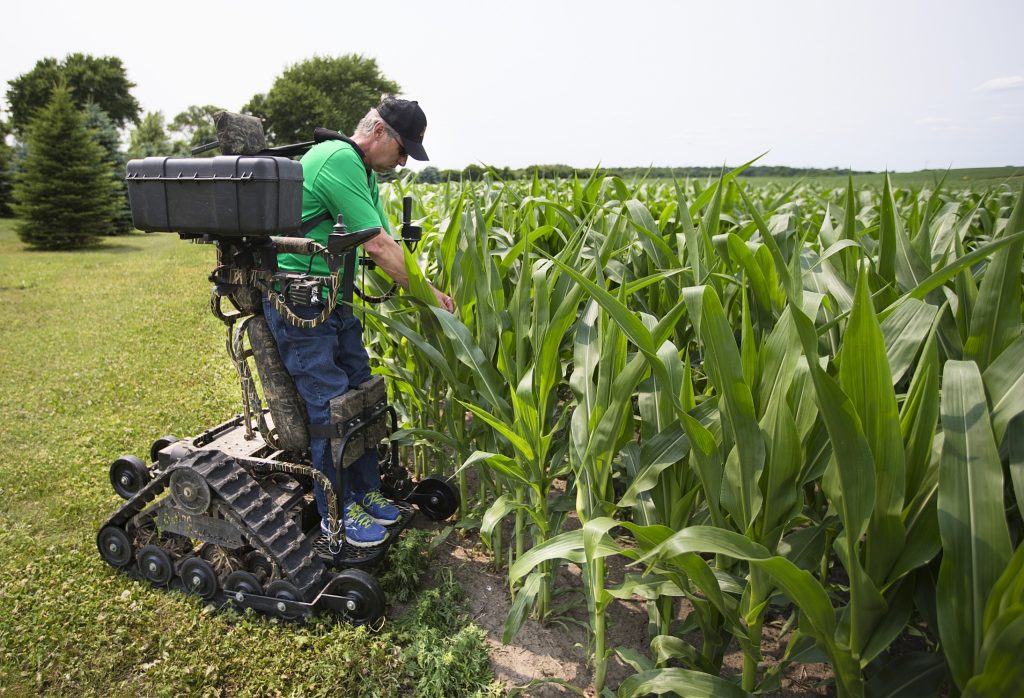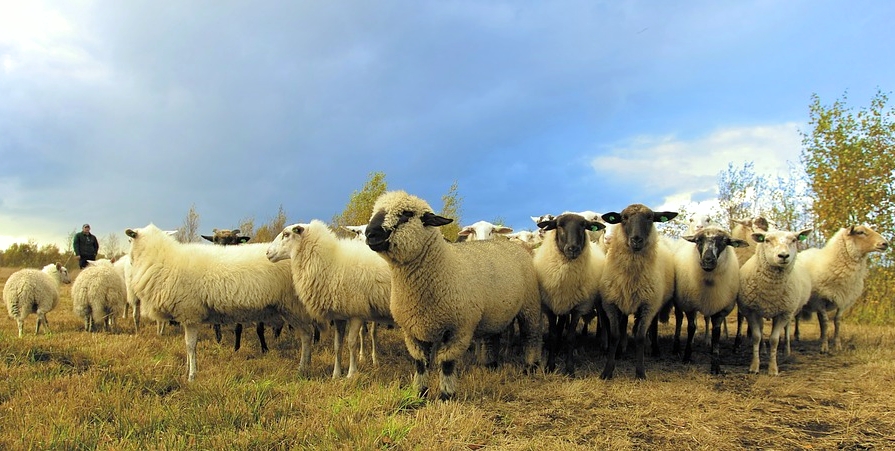“The Colorado Oil and Gas Commission report states Proposition 112 (formerly 97) would put as much as 85% of Colorado’s non-federal lands off-limits to new development. It would also eliminate new production in 94 percent of the state’s top five producing oil and natural gas counties of Weld, Garfield, La Plata, Rio Blanco and Las Animas.”
Commentary by Laura Lollar
Those of us who lost homes and businesses to Colorado wildfires, know full well the importance of mitigating your property to create defensible space and minimize risk. When I bought my log cabin in the woods, I was thrilled to be living under century old pine trees and wouldn’t have considered cutting them down. After the 2013 Black Forest Wildfire, a reporter asked me if I’d ever choose to live in the woods again.
I sure would and still do. There are tradeoffs for every choice we make in life. Mitigation is essential, but to remove every tree within 100-200 feet of our home would have been costly.
The same is true with Proposition 112.
“There are no ideal solutions — only tradeoffs.” –Thomas Sowell
The Costs of Proposition 112
Proposition 112, which will be on the November 2018 ballot, would prohibit NEW oil and gas drilling within 2500 feet of homes, schools, parks and water sources like lakes and streams. The existing setback is 500 feet from homes and 1000 feet from schools and other areas designated as vulnerable.
This proposition expands and modifies the definition of vulnerable areas to include playgrounds, any occupied building including homes, schools and hospitals, as well as sports fields, drinking water sources, irrigation canals, reservoirs, lakes, rivers, streams, etc. Current drilling activity would not be affected, but re-entering old, abandoned oil and gas wells would qualify as new development and the setback requirements would apply.
The Colorado Oil and Gas Commission report states Proposition 112 (formerly 97) would put as much as 85% of Colorado’s non-federal lands off-limits to new development. It would also eliminate new production in 94 percent of the state’s top five producing oil and natural gas counties of Weld, Garfield, La Plata, Rio Blanco and Las Animas. Read the report and view maps here.
A study by the Common Sense Policy Roundtable states Prop 112’s passage would cost Colorado over $230 million in tax revenue in its first year. By 2030, lost tax revenue would grow to $1 billion annually and jobs lost could reach 147,800 by 2030. That’s a lot of jobs! Read the study here.
Basically, Proposition 112 will significantly reduce energy production in Colorado and have a devastating impact on our economy. Read more about Prop 112, including the organizations and officials who support it here.
Updated Rules and Protections
In a perfect Colorado, there would be no air pollution from wildfire smoke, no claims from hail damage and no deaths from riding bikes, hiking mountains or rafting rivers. There is inherent risk in every part of life, but we still take measures to minimize it. Thankfully, our Legislators, the Governor, Colorado Oil and Gas Conservation Commission, oil and gas companies and local municipalities have not been sitting idly by when it comes to energy industry regulations. We have some of the strongest in the country, including:
– Updated rules now require companies inform Colorado Oil and Gas Conservation Commission regulators where pipelines will be installed and provide information on old lines they know about. A new task force will explore inspection technology to detect leaks and locate existing pipelines. (Source: http://www.governing.com/topics/transportation-infrastructure/tns-colorado-oil-gas-regulations.html
– Colorado was the first state in the nation to pass methane regulations requiring capture of air pollutants released during oil and natural gas operations. (Source: https://www.npr.org/2014/02/25/282359550/colorado-becomes-first-state-to-restrict-methane-emissions)
– First state to require water sampling before and after drilling. (Source: http://www.cred.org/wp-content/uploads/2014/07/COGCC_APPROVES_SWEEPING_NEW_SETBACK_RULES1.pdf)
– First state to require oil and gas companies to find and fix methane leaks and require 95% capture of pollutants from oil and natural gas operations. (Source: https://www.scientificamerican.com/article/colorado-first-state-to-limit-methane-pollution-from-oil-and-gas-wells/)

No Ideal Solutions, Only Tradeoffs
If we want energy independence, affordable utility bills and access to more than 6000 made-from-petroleum plastic products (tires, fishing lures, panty hose, trash bags, surf boards, sun glasses, heart valves, drinking cups, contact lenses, etc.), we must be willing to make tradeoffs. We cannot put substantial chunks of Colorado land off-limits from oil and gas production and expect to still reap affordable benefits from the energy industry.
Wind and solar cannot yet shoulder the full load of supplying our energy needs. And according to some, the more wind and solar we use as an energy source, the more expensive electricity becomes due to the cost of preparation and delivery. Read more on this perspective here.
Also, if we value personal property rights so owners can develop their land and minerals, like oil and gas, then are we willing to compensate them for the loss of that value? Amendment 74 is also on the November ballot; it’s worth considering what’s at stake when a government action takes or devalues property. Is it fair to move the goalpost after the fact and force property owners to take a loss?
In November, please vote “NO” on Proposition 112. Join increasing numbers of Coloradans, business leaders and elected officials who say Prop 112 is no good for our state. Even both Gubernatorial candidates, Republican Walker Stapleton and Democrat Jared Polis, along with almost every Mayor in Weld County, Colorado agree this is a losing Proposition.
Laura Lollar is a business owner, writer, USAF Veteran, outdoors enthusiast and wildfire survivor. Follow @LauraLollar
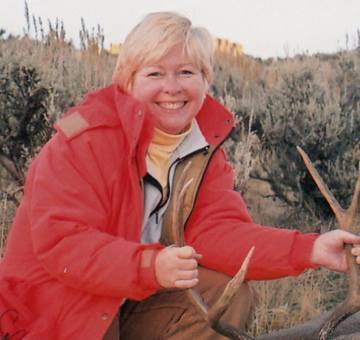
ADDITIONAL INFORMATION
How Far is Far Enough?
- 500 feet is about 175 big (adult) steps, so 1000 feet is obviously 350 big steps.
- One football field is 360 feet, so 1000 feet is almost three football fields.
- 1000 feet is about the size of an average 10-story building.
500 feet to pickup truck
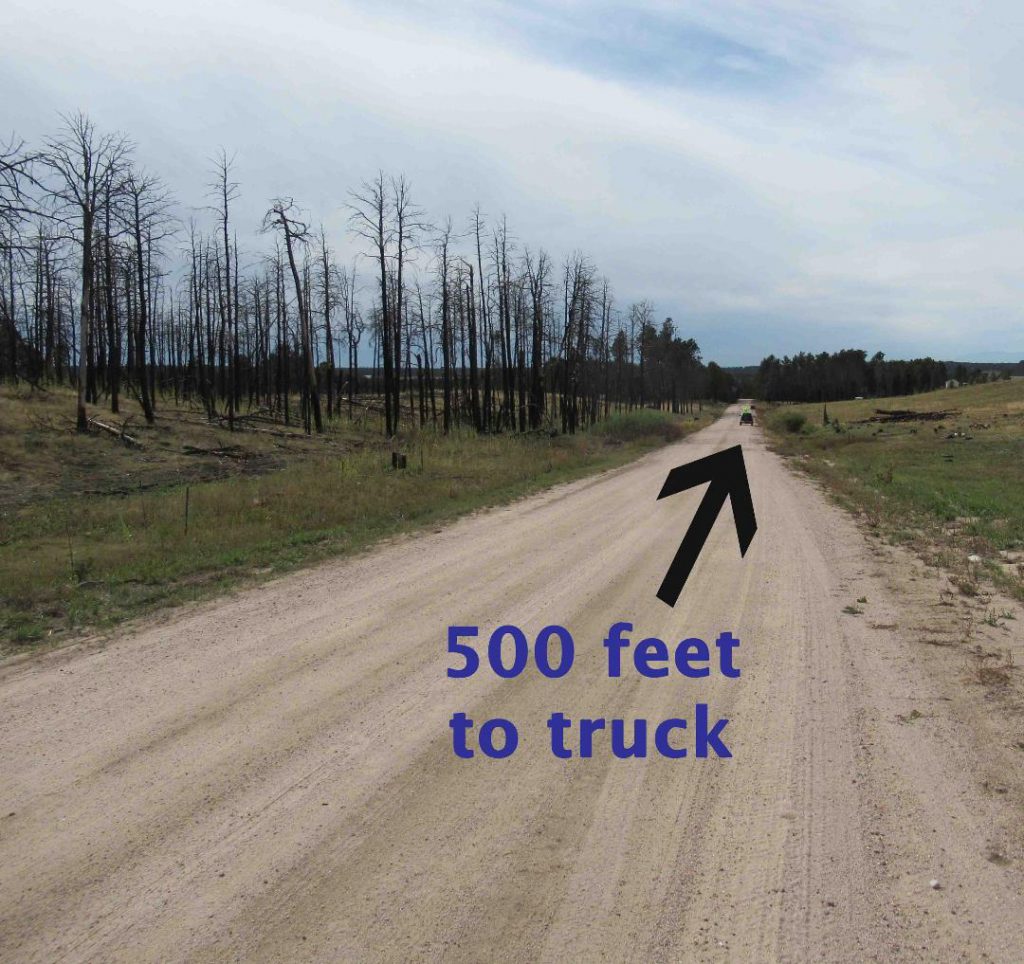
1000 feet to the pickup truck
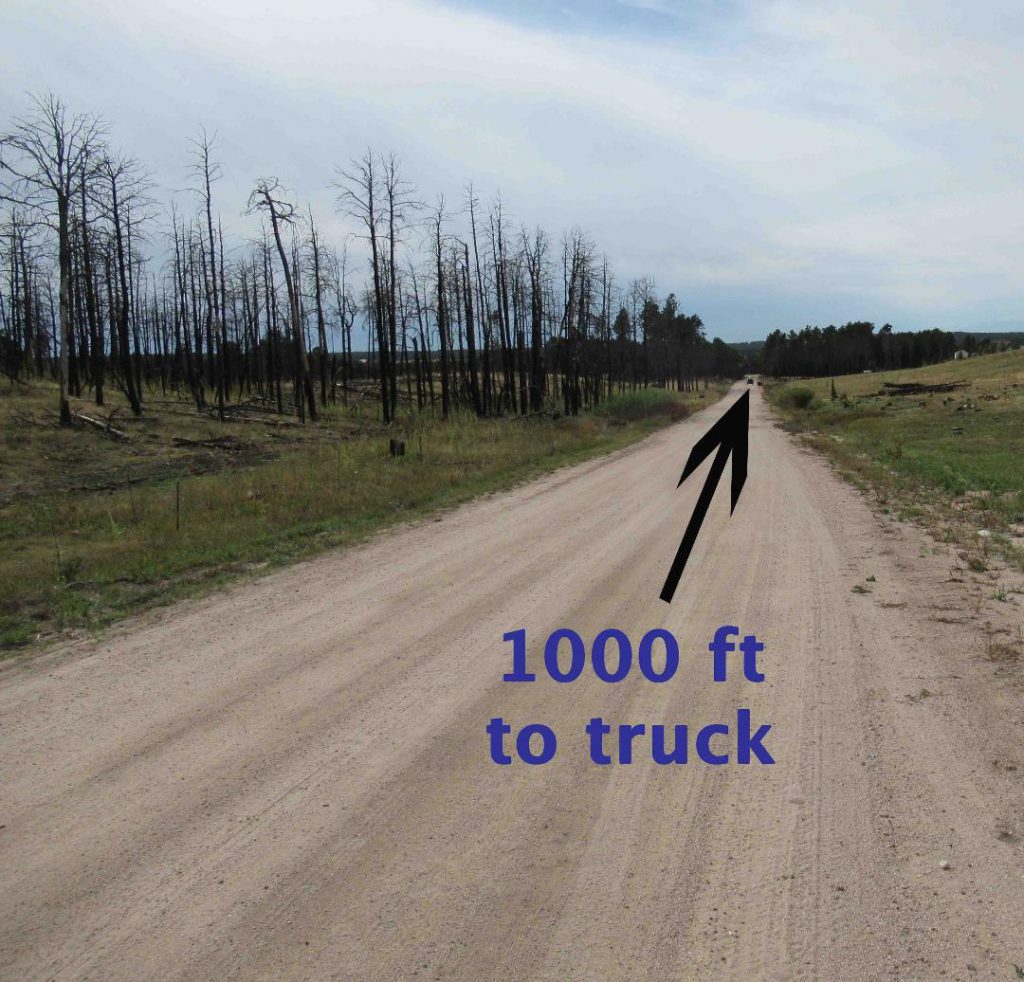
2500 feet to truck in the distance

Fort Collins Oil and Gas Ordinance
GIS Impact Assessment Colorado Oil and Gas Commission
Interactive Map of Oil Wells in Colorado

Free Range Report
Thank you for reading our latest report, but before you go…
Our loyalty is to the truth and to YOU, our readers!
We respect your reading experience, and have refrained from putting up a paywall and obnoxious advertisements, which means that we get by on small donations from people like you. We’re not asking for much, but any amount that you can give goes a long way to securing a better future for the people who make America great.
[paypal_donation_button]
For as little as $1 you can support Free Range Report, and it takes only a moment.
